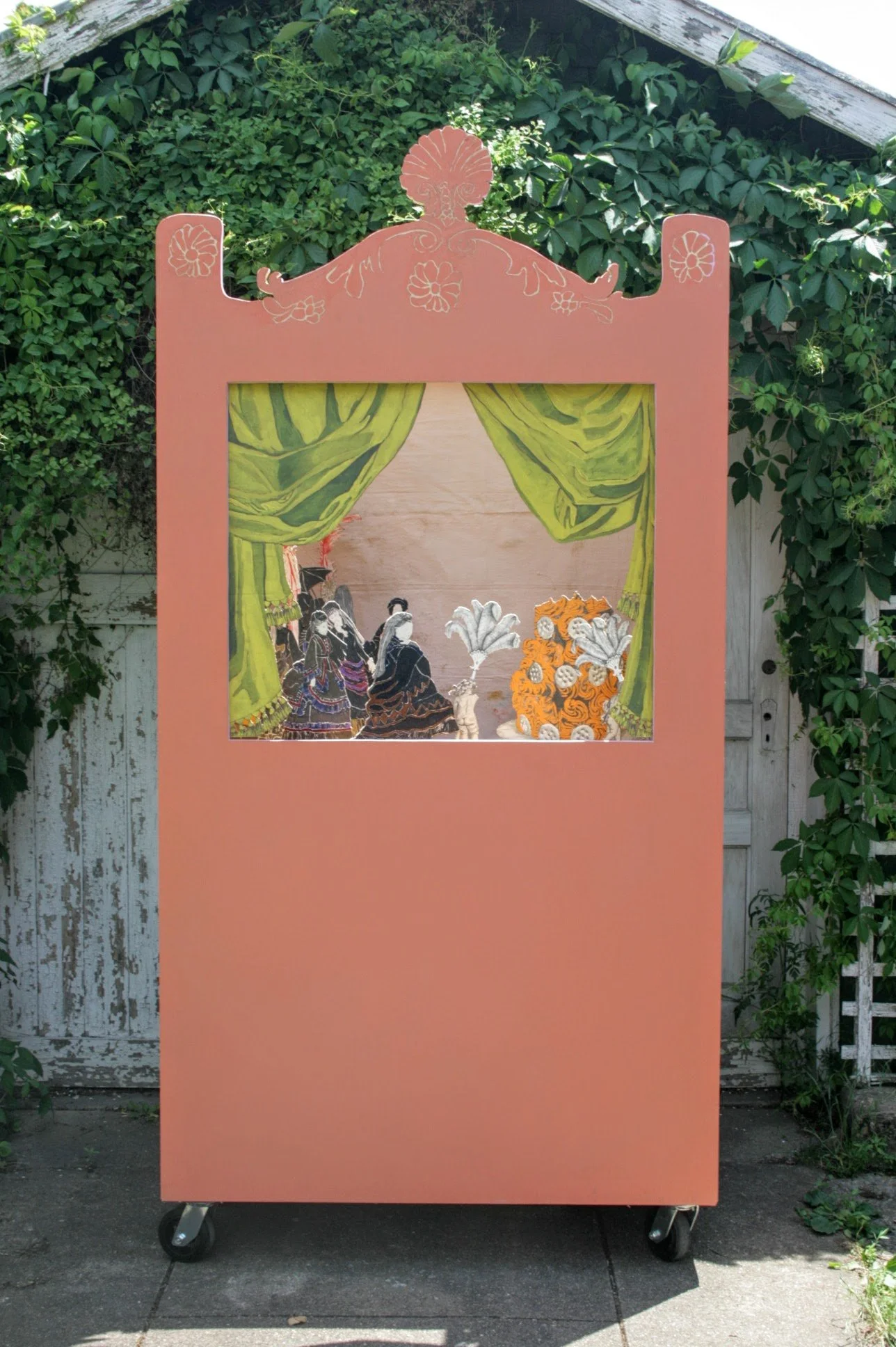A Plague of Mourners
“The better your ability to ‘saw off a whopper,’ the quicker your capacity to boast with style or lie with wit, the more folks are bound to let you talk. As a card player, a horse trader, a dog swapper, a traveling salesman, even a politician, the ability to make the tale just barely stoop under the truth is a great asset. You might get rebuffed or tossed out on your ear, but folks would remember you for a long time after. The tall tale is, after all, an assertion of pride in our own ability to rewrite the world around us.” - Kemp P. Battle, Great American Folklore
“The American experiment, the original embodiment of the great Enlightenment idea of intellectual freedom, whereby every individual is welcome to believe anything she wishes, has metastasized out of control…. We Americans have given ourselves over to all kinds of magical thinking, anything-goes relativism, and belief in fanciful explanation…. And most of us haven’t realized how far-reaching our strange new normal has become.” - Kurt Andersen, How America Went Haywire
Situated somewhere in between the tall tale and empirical evidence lies a snag that our Enlightened forefathers failed to sort out for us. The snag concerns (among other things) witch trials; mountains of gold; angels and demons on Earth; Mickey Mouse; revisionist history; Armageddon; Bill Clinton’s three-breasted intern; and all manner of gossip large and small.
Now truthfully, it could be argued that the snags only become real snags when, say, we test out suspected witches at the stake, and that besides, all other snags are just fanciful musings.
As an artist, I am particularly interested in how we cope with an increasingly incomprehensible and threatening world. Birthing the unreal into some kind of fleeting hallucination, my work becomes a sort of tall tale itself, engendering fanciful musings and probing for connections between the allegorical and the quotidian. At present, I dwell on the confluence of the American tall tale and what writer Kurt Andersen refers to as “the Great American experiment in personal liberty.” How has this freedom come to shape the world around us? With implications ranging from the delightful and innocuous to the politically, morally and ecologically disastrous, the danger and beauty of subjective reality is of the utmost consequence as we move through the twenty-first century.
An invasive species of Mourners roam the earth seeking sustenance, inconsolable in their all-consuming grief. The public ritual of grief becomes a plague of emptiness, while the bereaved search for an immaterial sustenance. They devour the landscape, swallowing flora and fauna whole. At every full moon, the Mourners make a pilgrimage to Marilyn Monroe’s grave for reasons unknown.
Within the narrative, historical references abound providing an anachronistic mashup of characters, events, places and periods of American history. The Mourners refer to a time when grief demanded an elaborate public ritual, where spiritual darkness was manifest in black fabric, veils and hankies; when grief was so consuming as to take over one’s body; so culturally significant as to arrest ordinary life. Marilyn's appearance resurrects an era of American history when, for the first time, Americans started to deeply mistrust their government; the tumultuous ‘60’s are referenced as a time of tragedy, upheaval and conspiracy that remains unresolved in American culture. The effect is to resuscitate nostalgia for an elusive Golden Age of American Eminence, where romantic mythology rivals the miracle cures of a quack doctor in cowboy boots; where strange circumstances engender even stranger behaviors and beliefs.
The import of their inclusion is to mirror America’s own understanding of its history, facts, mythology and identity, as people who come from a long national tradition of wishful dreaming, magical thinking and true believing, by huckstering all potential realities into an impossible coexistence.
With all the vegetation gone, the Mourners open up a tabloid stand in Midtown selling headlines for 25 cents, quickly becoming purveyors of American conspiratorial tradition. “MARILYN MONROE ALIVE!” Star magazine claims that Robert Fitzgerald Kennedy had, decades ago, faked Marilyn’s death and smuggled her outside of the United States! At 92 years old, Marilyn has recently been spotted sunning herself somewhere south of the equator.
Soon falling prey to their own hearsay, the Mourners set out to find Marilyn, ultimately embarking on a journey investigating their own faulty claims. Slipping along the border between reality and fantasy, the Mourners explore the intoxicated and melancholic atmosphere in which American conspiracy comes to life. The conspiracy is reimagined with unnerving implications about what it means to survive amidst the beauty and danger of subjective realities.


